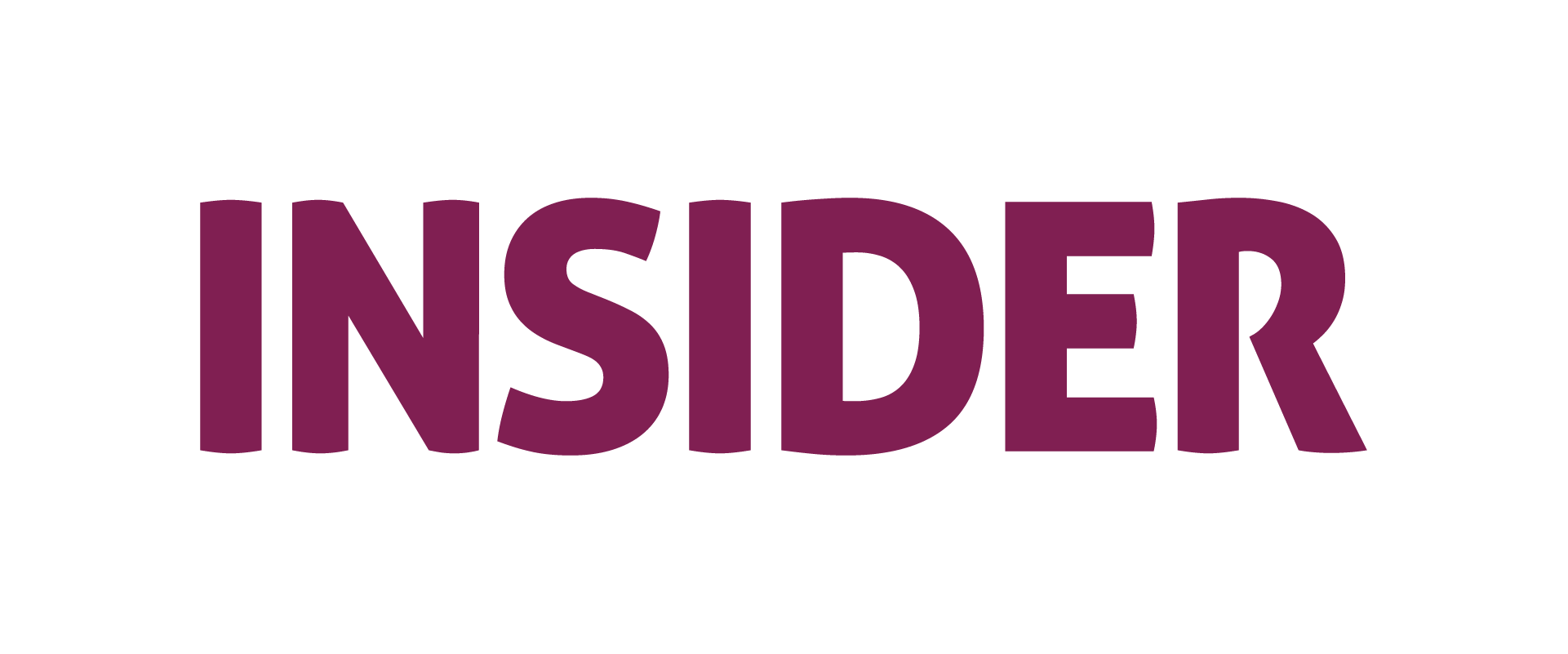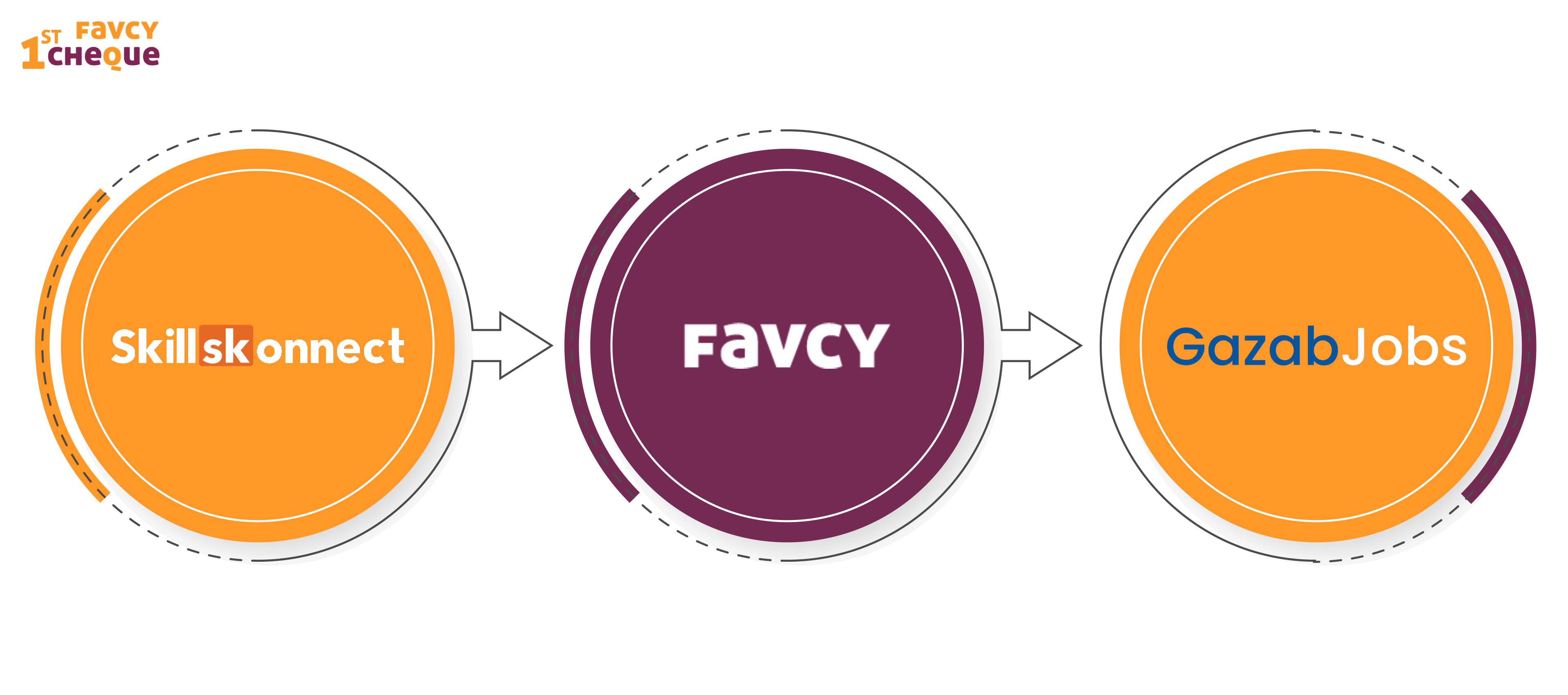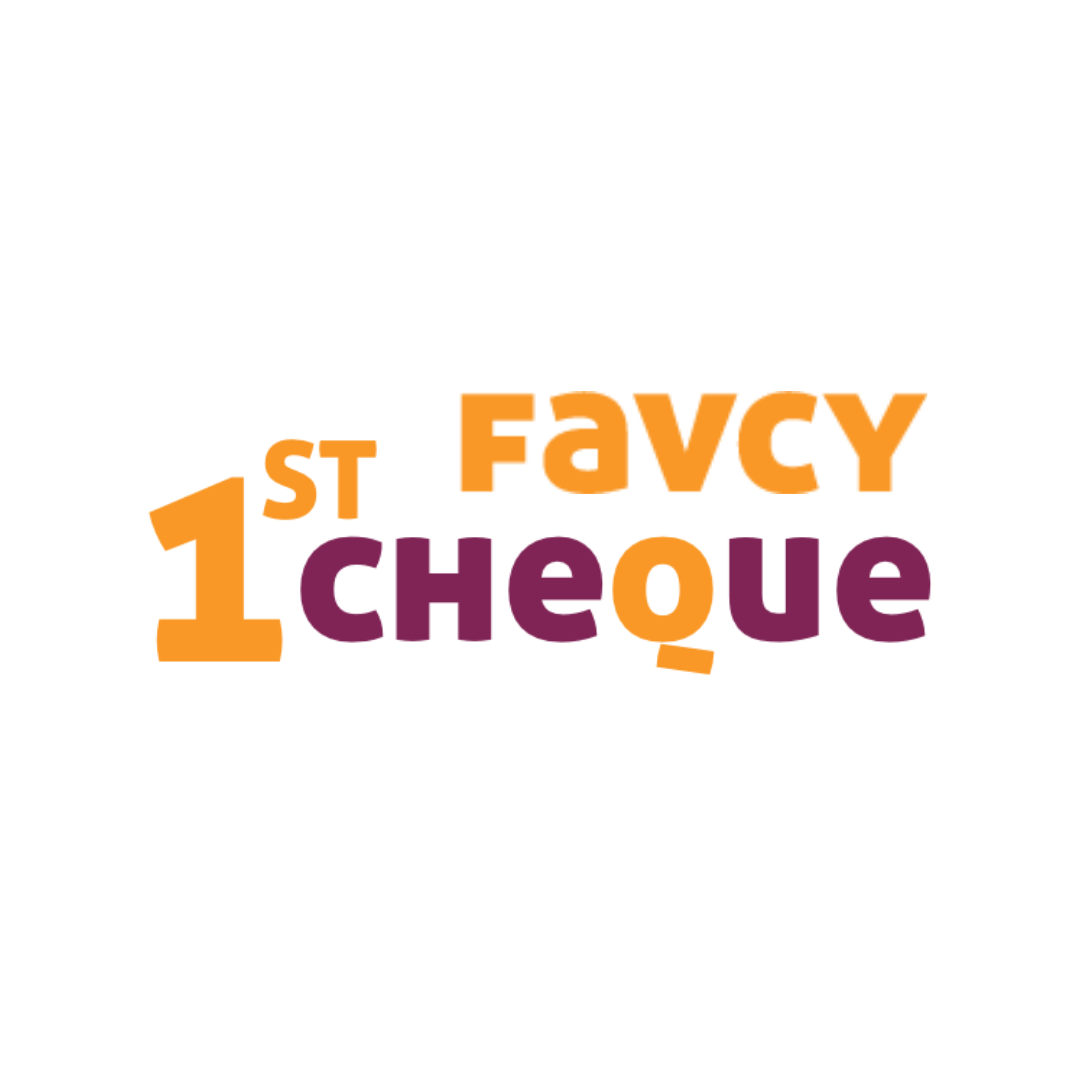
Is Chingari the next fire? 🔥
Dear Reader, How do you evaluate the startups at an idea stage? This is a question that we get asked so often by our investors. But how do you actually evaluate something that’s not there yet? Well, this is what we do 😎
At Favcy, we have a whole extensive assembly line that purely caters to this - Idea Validation. I agree there’s a fascination with new ideas - a limitless feeling of where this could go? We add the right blend of practicality and knowledge to it. This week, in the 'Behind the Scene' section, we decode the alpha move of idea validation - DREK Analysis which is the first step that a startup undergoes in their venture building journey with us. You may find it helpful even while assessing startups in your personal capacity. 😉
Why do we invest in startups? Mostly because we want to own a piece of what is being built. How cool would it be if we can own a piece of Facebook or Twitter? Web 3.0 promises the same for you. The recent attention that web 3.0 gained is worth addressing as it is decentralized, runs on blockchains, and power is in the hands of users and individual nodes on the network. Be the owner. This clearly demonstrates the current surge in VC interest in web 3.0.
.png)
|
Do share your feedback on this effort. You can mail us at insider@1stcheque.com
Cheers 🍻
Yamika

You’ve heard of Crypto, you’ve heard of Creator Economy 🪙
But this week, we talk about a platform that’s bringing the best of both worlds with a twist! 😉








_1.png)
Network Aapka, Job Hamari!
In talks with Dhiraj Ahuja, Founder, SkillsKonnect (a Favcy Venture Builders portfolio startup)

- In this week's Startup In Focus, we have Skillskonnect from Favcy's portfolio startups.
- SkillsKonnect is India’s only HR Technology company transforming the lives of job seekers and businesses of the stakeholders engaged in training, education, and employment of blue, grey, and new age skilled workforce of India.
- Join us as we talk about their journey, revenue, and how Favcy has been a vital step in steering Skillskonnect in a new direction.
Read on to find out.


Behind The Scenes - DREK Analysis
by Khushdeep Sethi, Content Strategist, Favcy 1stCheque

The process before an idea becomes a viable startup is a long arduous one, incorporating a lot of perseverance, research, and a lot of hard work. When an idea first comes to us at Favcy, what excites us the most is - where can this go? What limitations can this idea break? What disruptions can this create?
As investors, I believe knowing how it got from just an idea to a viable startup that you invest in, is something important. The answer to that ‘need’ was the genesis of Behind the Scenes which is exactly what today’s article is about! Stick till the end to know where this is leading!
Idea validation is the initial nurturing process that gives the startup its roots. There are a series of validation exercises that an idea undergoes before it nurtures into a product. One of those exercises is DREK analysis which is a crucial step to identify the one entity that affects the business the most.
Straight from Favcy’s treasure chest, let’s get right into it
What is DREK Analysis?
D.R.E.K stands for Differentiation, Relevance, Experience of the product, and Knowledge of the product.
DREK Analysis is a validation exercise that involves identifying entities by giving impact words to generate a DREK score. Let’s break it down step by step.

Pre DREK Identification
It all begins with identifying all entities that can be stakeholders in the idea. This part is highly crucial for the founder as the wholesome identification of the entities brings awareness to the founders of the ones that weren’t included in their initial idea. This part of the exercise aims to include every stakeholder regardless of the founder’s preconceived vision.
Impact Words
After identifying the entities for the idea, they are broken down into individual parties to get hold of key stakeholders, (it is important to notice overlaps and address them.) Then, the founders are asked to give ‘Impact Words’ which are basically aspects that will be impacted for each of the entities involved.
Transforming inside out approach to outside in approach
In any business, there are three layers with which a customer/ end-consumer interacts with the business - Product, Transaction Environment, and Brand Environment. The founder, being in the center of the business has an ingrained ‘Inside out’ approach which is -
Product → Transaction Environment → Brand Environment
But there's one thing they're overlooking:A customer/entity interacts with a business in the exact opposite direction.
To be more specific, Assume a customer wishes to purchase Product A from a specific brand. S/he will first come into contact with the brand environment, which will be the deciding factor for them to go to the next stage, which is purchasing the product - the transactional environment. Finally, he or she gets a hold of the product, which is the end experience for the customer.
Brand Environment → Transaction Environment → Product
Most founders have an inside-out perspective and focus solely on the product, which is normal for them to do. What we do at Favcy is steer that thought process towards the 'Need' of the end consumers, as different entities will see the brand differently and have a different approach to it from the outside.

The goal is to transform the founder's 'Inside Out' approach into an 'Outside In' one to make the business more user-friendly.
This is the whole purpose behind identifying the entities and developing the impact words for an idea is to create a brand experience tailored to a certain entity - what I mean is - The brand/business is one but the experience it creates for the entities will be unique.

DREK Evaluation
It ultimately comes down to the DREK score after identifying the entities and creating impact words. In this, we, along with the founders, determine the differentiation and relevance of those impact words, do thorough data analysis, and calculate the final DREK score.
But, what exactly are differentiation and relevance?
Differentiation in the DREK analysis is the uniqueness of the spot. (If the entity cannot find the offering somewhere else, the differentiation is high).
Relevance is defined as how relevant the impact words are for every entity.
Founders share their gutshot on a scale of 1-10. A lower score on D or R means that the idea is not differentiated & relevant enough for the entity in question.

The initials E and K in the DREK score stand for experience and knowledge, respectively. Experience is how effectively your customer life cycle is defined, and K is the product/brand platform's environment. We put a 10/10 score because we're at an idea stage and this cannot be defined yet. From an idea validation standpoint, this helps you ascertain whether your product will be successful or not.
After validating the scores for differentiation and relevance, the final multiplier is calculated via (D*R*E*K)/10000.
<A multiplier score below 0.4 on an entity usually means that the entity needs to be negated>
*When the models created upon the initial DREK conclusions have inconsistencies, changes can be made in the number of entities and value propositions.
The beauty of DREK Exercise is that it enables a founder to figure out what positioning should the idea take in the market depending on the D & R scores of various entities. DREK Analysis also helps a founder to figure out whitespaces in the market and accordingly finalize on a specific positioning. Via the DREK Exercise, founders are able to discover their key entity- for whom is the platform most differentiated & relevant in the market.
What’s next?
Following the multiplier from the DREK score, the business modeling proceeds with differential landscaping.
Differentiation Landscaping is basically presenting the existing players offering either similar or closely related products/services/solutions. Note that these players will have all kinds of B-models, hence, giving a sense of the available spots and competition. (The goal is to find the most frugal starting spot).
Using the multiplier scores and the differentiation landscape, the founders start to get hold of facts that might promote or demote their initial vision.
.png)
Here are the events of this week:
- Good Glam Group Turns Unicorn With $1.1Bn Valuation On $150M fundraise.
- Leap India raises ₹104 crore from UK’s CDC Group.
- H2O.ai Raises $100M In Funding Round Led By Australia’s Largest Bank.
Stay tuned to receive the latest industry trends, investor insights, our exclusive angel bytes, and much more!

A platform for first-time angel investors to learn the science of early-stage startup evaluation. Get exclusive access to pre-vetted deal flow and make your first investment.
Subscribe to our newsletter 👇🏻 Don't worry, it'll take just few seconds :)
Reach out to us: